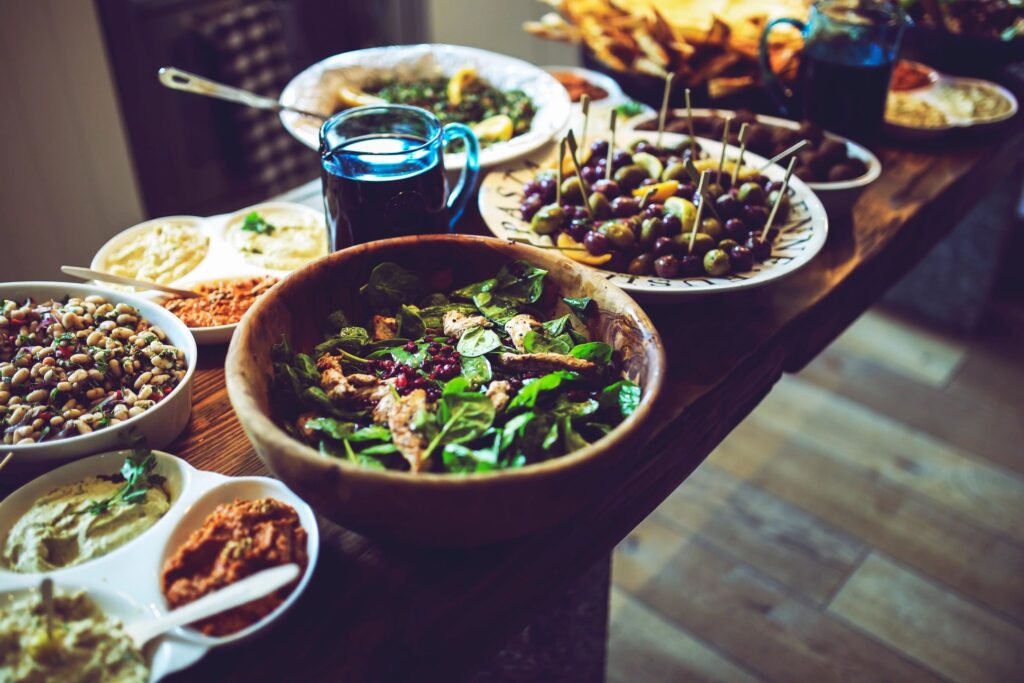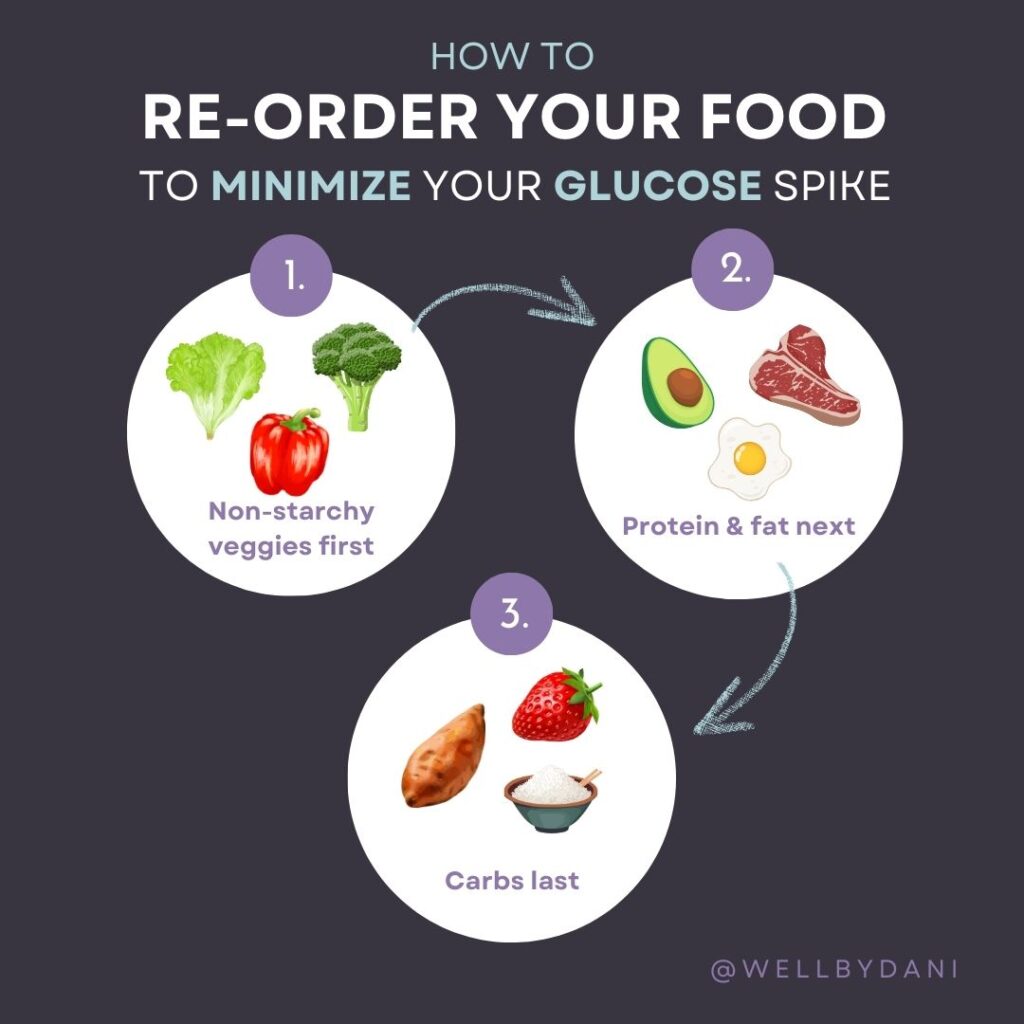Why wellness gurus and biohackers are buzzing about eating your food in a certain order — and how you can get on board.
If you’ve been following wellness trends or dabbling in biohacking, you may have noticed increasing chatter about “eating order.” It sounds simple—maybe even trivial—but the concept is making waves for its potential health benefits. So, why are experts suddenly up in arms about the sequence of your meals? And more importantly, how can you use this strategy to level up your wellness game?

The Science Behind Eating Order
Eating order refers to the sequence in which you consume different types of food during a meal. Research suggests that the way you layer proteins, fats, carbs, and fiber can significantly impact your blood sugar, digestion, and even energy levels.
The buzz began with studies highlighting the effect of eating order on post-meal glucose spikes. By starting your meal with high-fiber vegetables or proteins before diving into carbohydrates, you can slow down digestion and curbs the glucose spike that can follow carb-heavy meals. These spikes are linked to energy crashes, weight gain, and a higher risk of metabolic issues like diabetes.
Why Wellness Gurus Are Hooked
- Better Blood Sugar Control: Avoiding wild glucose swings doesn’t just help diabetics—it can also prevent energy crashes and improve focus.
- Weight Management: Stabilized blood sugar reduces hunger and cravings, making it easier to stick to healthy eating habits.
- Longevity and Metabolic Health: Some biohackers believe eating order contributes to reducing inflammation, a key driver of aging and chronic disease.
Breaking it Down: How Fiber Helps With Glucose Spikes
What is Vegetable Fiber?
Vegetable fiber is a part of plants that our bodies can’t fully digest. It’s found in fruits, vegetables, whole grains, and legumes (like beans and lentils). There are two main types of fiber:
- Soluble Fiber: This type dissolves in water and forms a gel-like substance in your stomach.
- Insoluble Fiber: This type doesn’t dissolve in water and helps move food through your digestive system.
When you eat foods that contain carbohydrates (like bread, pasta, or sweets), your body breaks them down into sugar (glucose). If you eat a lot of sugar quickly, your blood sugar levels can spike, which isn’t good for your health.
Fiber, on the other hand, can trigger your body to release hormones that help control blood sugar levels. When you eat fiber, especially soluble fiber, it slows down how quickly your body absorbs sugar from the food. This means your blood sugar rises more slowly instead of shooting up all at once. Fiber also helps you feel full longer, which can prevent overeating and help with weight management. As if those benefits weren’t great enough, fiber is like food for the good bacteria in your gut. These bacteria produce substances that can help improve how your body handles sugar over time.
Key Mechanisms at Play
- Fiber’s Role as a Buffer: Soluble fiber creates a thick gel-like net in your stomach that coats the food you eat. This gel makes it harder for sugar to get into your bloodstream quickly, slowing carbohydrate absorption and reducing your body’s overall glucose spike.
- Protein and Fats Stabilize Blood Sugar: Consuming protein and healthy fats early can delay gastric emptying, keeping your glucose response steady.
- Carbs Last: By eating carbs after fiber and protein, you reduce their glycemic impact.

How to Get Started
You don’t need fancy gadgets or a complete diet overhaul to experiment with eating order. Here’s a simple roadmap:
- Start with Fiber: Begin your meal with a salad, steamed veggies, or a veggie-rich soup.
- Add Protein and Healthy Fats: Follow with lean proteins (like chicken, fish, or tofu) and fats (such as avocado or olive oil).
- Save Carbs for Last: Finally, enjoy bread, rice, pasta, or other carb-heavy components.
Example Meal:
- Start with: Leafy greens or steamed broccoli with olive oil or lemon juice.
- Then eat: Grilled salmon, roasted turkey, or grass-fed beef.
- Finish with: Sweet potatoes, rice, or bread.
Save dessert for last. If you enjoy sweets, go for it! Just have them after your meal rather than beforehand or on an empty stomach.
The Bottom Line
Eating order might seem like a small change, but it can make a big difference. By tweaking the sequence in which you eat your food, you could gain better control over blood sugar, support your metabolic health, and even feel more energized throughout the day.
So, what’s the fuss about eating order? It’s a simple, science-backed habit that’s easy to implement and could transform how you feel after every meal. Why not give it a try and see the results for yourself?